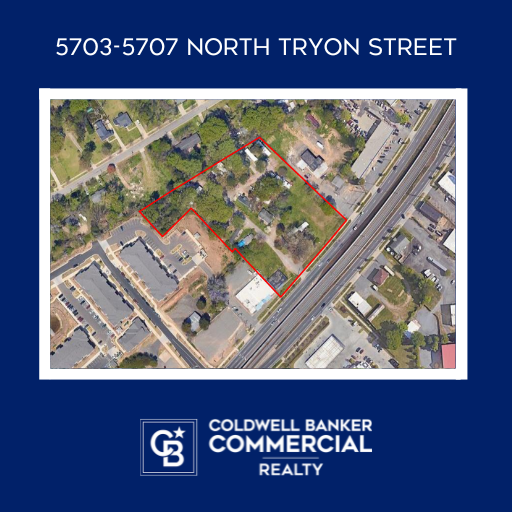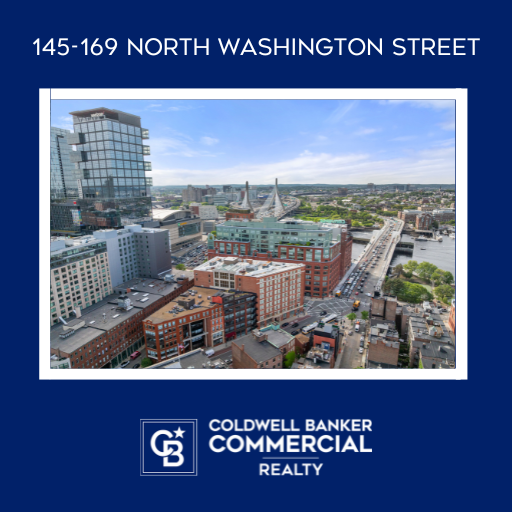Gentrification: The Good, the Bad, and Its Impact on Real Estate Markets

Gentrification is a controversial topic in many markets in the U.S. because it can significantly impact specific areas and residents in those communities. According to Million Acres, some of the poorest and most distressed urban neighborhoods across the country have experienced revitalization via gentrification and redevelopment. That has been accomplished through national and local tax incentives and resulted in billions of dollars in development funds, and municipal grants flowing into those improvements. Gentrification might seem like an easy solution for struggling cities, but there are many complicated factors to consider. In this article, we explore the positive and negative impacts of gentrification on real estate markets, and what investors and government officials should consider when looking to gentrify an area.
Gentrification is the process of redeveloping an area or neighborhood through substantial renovation that includes rebuilding homes and businesses, which often leads to an influx of more affluent residents. Gentrification can also increase property values, which unfortunately leads to the displacement of current inhabitants in the process. Gentrification tends to change the overall character of an area, which is why it’s commonly debated in politics and urban planning. As explained by Million Acres, neighborhoods in popular cities like New York, Denver, Seattle, New Orleans, Washington D.C., or Portland, Oregon, have undergone complete transformations over the past few decades. The result has been more affluent, higher-income earners moving into neighborhoods once known for high levels of poverty, and where a majority of residents were minorities.
Benefits of gentrification
There are obvious reasons why gentrification can be beneficial. In theory, the process takes a neighborhood with low property values, vacant properties, and higher crime and significantly improves it. As explained by AMI House Builders, gentrification has been credited to saving struggling cities through commercial development, improved economic opportunity, increased property values, improved infrastructure, and lower crime rates. Furthermore, municipalities rely largely on property taxes to pay for public services such as utilities, roads, schools, police stations, and fire departments. The higher the property values, the more the city can collect, which ultimately benefits residents in that area.
The Negative Side of Gentrification
Gentrification can lead to the loss of affordable housing, which disproportionately may displace long-term residents, who typically are minorities, by directly or indirectly creating an environment that is no longer affordable or accessible for them. While some residents are able to stay in the newly gentrified neighborhoods and surely benefit from the increase in funding, resources, and amenities in the area, a negative aspect of gentrification is the reality that many are displaced. Additionally, according to a 2017 study by Georgetown Law, gentrification usually leads to negative impacts such as forced displacement, a fostering of discriminatory behavior by people in power, and a focus on spaces that exclude low-income individuals and people of color.
The Georgetown Law study also continues to explain that with an increase in the prices of buildings, the gap between the price of the building and the income that the landlord gets from renting the building grows bigger. Therefore, allowing landlords to increase rent prices, and forcing out the low-income residents. Since investors can earn more money from selling buildings, real estate owners may have less incentive to hold onto a property and improve the condition of the buildings. The real estate owner can then sell the buildings at higher prices. This cycle of rising building prices primarily benefits large and well-financed investors.
Balanced Solutions
Finding a middle ground between the needs of a community, its residents and the businesses is challenging but a worthy endeavor. Cities must figure out how to balance the need to revitalize a community while taking into consideration the needs of everyone. Finding ways to accommodate both existing residents with a new influx of people can lead to an environment where all interests are served. Some cities are requiring affordable housing to be incorporated into new projects.
In this article, we explored both the positive and negative aspects of gentrification as it relates to real estate markets and displacement, and what investors and government officials should consider when looking to gentrify an area. Gentrification might seem like the perfect solution when redeveloping neglected parts of cities, but investors and urban planners must also consider the potential harm gentrification can cause to displaced residents that are most often minorities. The CBC team strives to present educational and informative topics to our readers, so you can better navigate challenging topics, such as gentrification.
A Trusted Guide in Commercial Real Estate
Coldwell Banker Commercial® provides Commercial Real Estate Services from Property Sales and Leases, to Property Management. Learn how our expansive network of Independently Owned and Operated Affiliates and Real Estate Professionals use their in-depth knowledge of the local market and industry trends to help businesses and investors navigate the complexities of the commercial real estate landscape.






